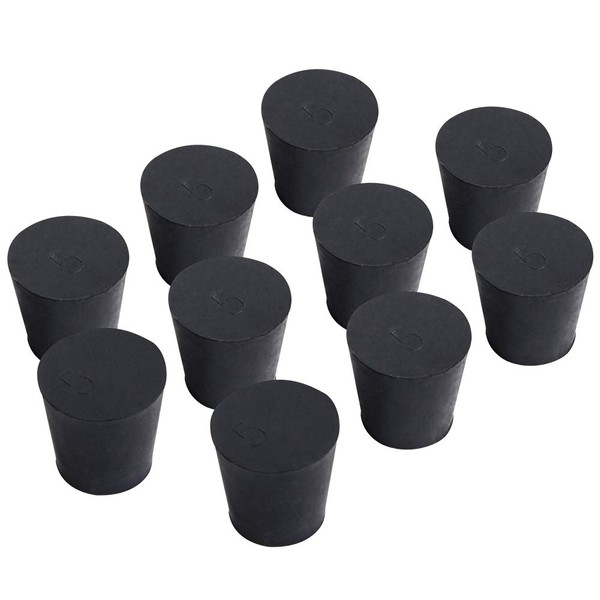Rubber stoppers are the small pieces of rubber sued for unlimited purposes. A rubber stopper is often used to seal the vessels’ opening, test tubes, flasks, and other equipment. Moreover, rubber stoppers are also used to close the small openings. Stoppers are also made up of cork, but rubber stoppers are used more frequently than cork stoppers.

It can be quite challenging to choose the right rubber stopper for you. People need to know a few things and keep a few features of rubber stoppers into consideration. The following guide will help you choose the right rubber stoppers for you. So let us get started.
- Bottom diameter
The most significant factor to consider while choosing a rubber stopper is that you need to focus on the rubber stopper’s bottom diameter. The stopper you choose should have the biggest bottom diameter. The bottom diameter should be slightly greater than the hole’s size, making it fit into your container completely.
- Temperature resistant
Temperature is another factor to consider while choosing rubber stoppers. The rubber stopper should be made up of good quality rubber. It should be able to withstand extreme temperatures.
- Know the purpose of rubber stoppers
You need to know the purpose for which you are looking for a rubber stopper before buying it. Rubber stoppers are mainly used to stop the liquid or gas escape from a container. The container could be a glass vessel, a test tube, or any other flask. Moreover, the rubber stoppers are also used to stop the gas and liquid from contamination. And at the last, rubber stoppers are used to cover the mouth of the tubes when the science students shake the test tubes.
- Shapes
Rubber stoppers are available in different shapes and sizes. Moreover, some rubber stoppers have some additional features, such as two holes used to enter pipettes or thermometers in a test tube or a vessel.
- Size
You need to know the size of the required rubber stopper before buying a rubber stopper. Rubber stoppers are available in different sizes. The sizes vary depending upon the sizes of test tubes, vessels, flasks, and other containers. Rubber bands have a typical diameter starting from 0.5 inches to 5 inches. Small stoppers are manufactured mainly for test tubes, and larger stoppers are perfect for vessels and beakers.
- Easy to plug-in and plug-out
Another factor of consideration while choosing rubber stoppers is that they should be easy to plug-in and plug-out. Some rubber stoppers have an attached chain, making them easy to plug-out form the test tube or container when needed. Thus focus on buying rubber stoppers that are easy to use.
- Properties
You need to consider other features while choosing a rubber stopper: resistance, impermeability, elasticity, and chemical resistance.
- Elasticity
Elasticity ensures that the rubber fits perfectly inside the container.
- Chemical resistance
Chemical resistance makes it resistant to dangerous chemicals being used in chemistry labs.
- Impermeability
Impermeability ensures that the liquid or gas does not escape from the container.
